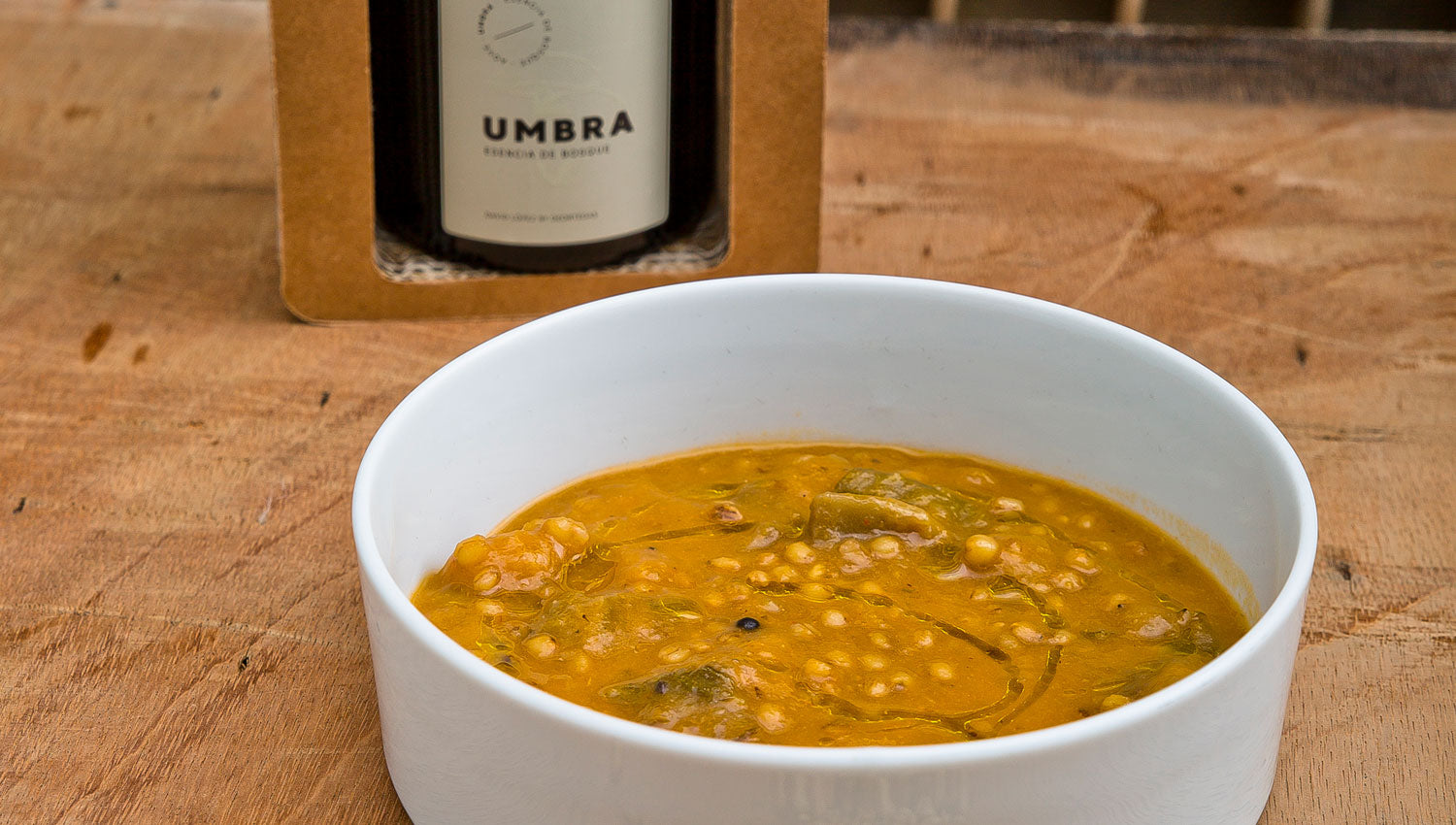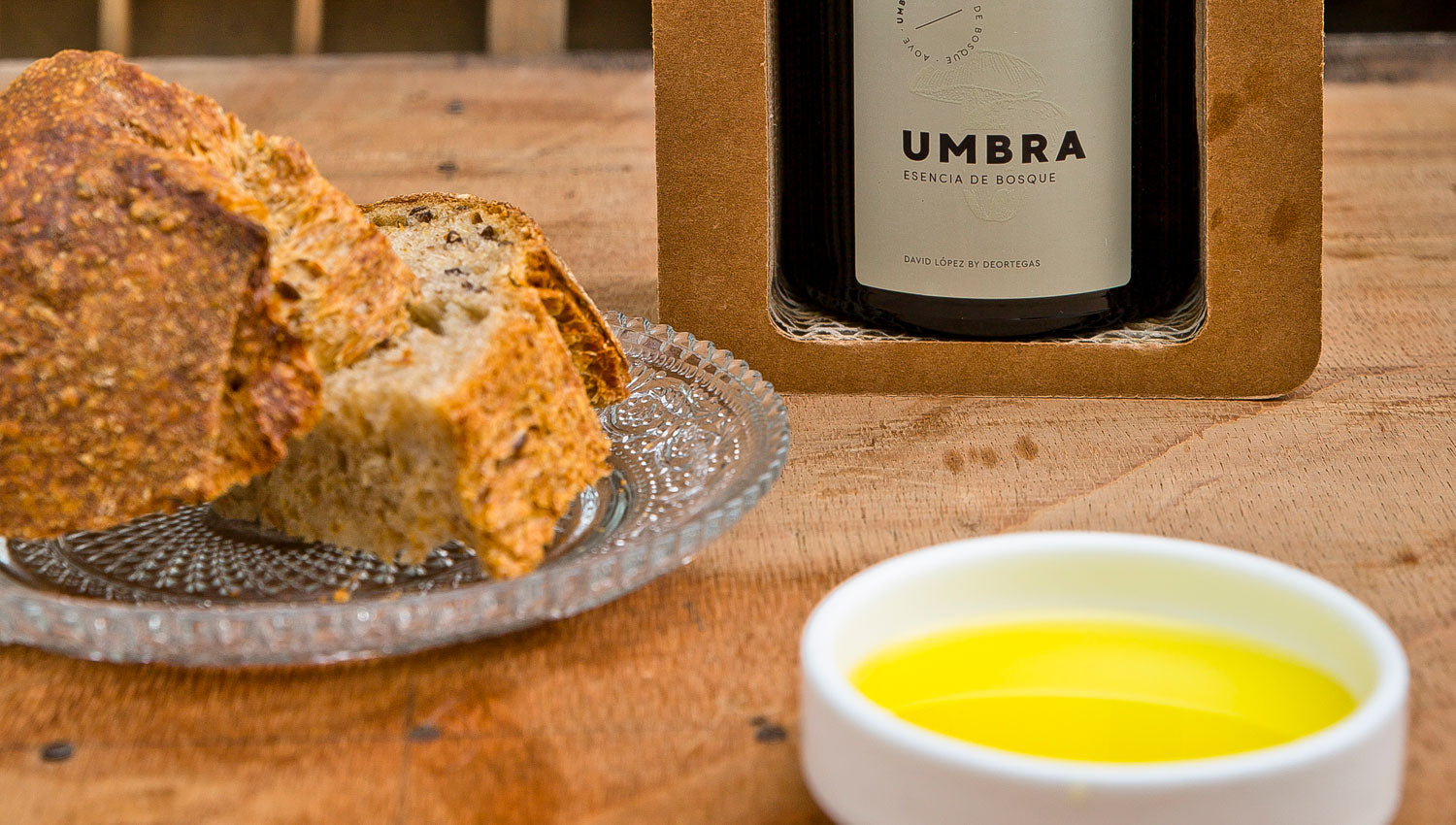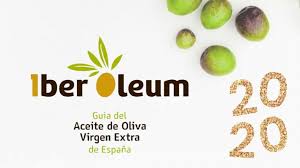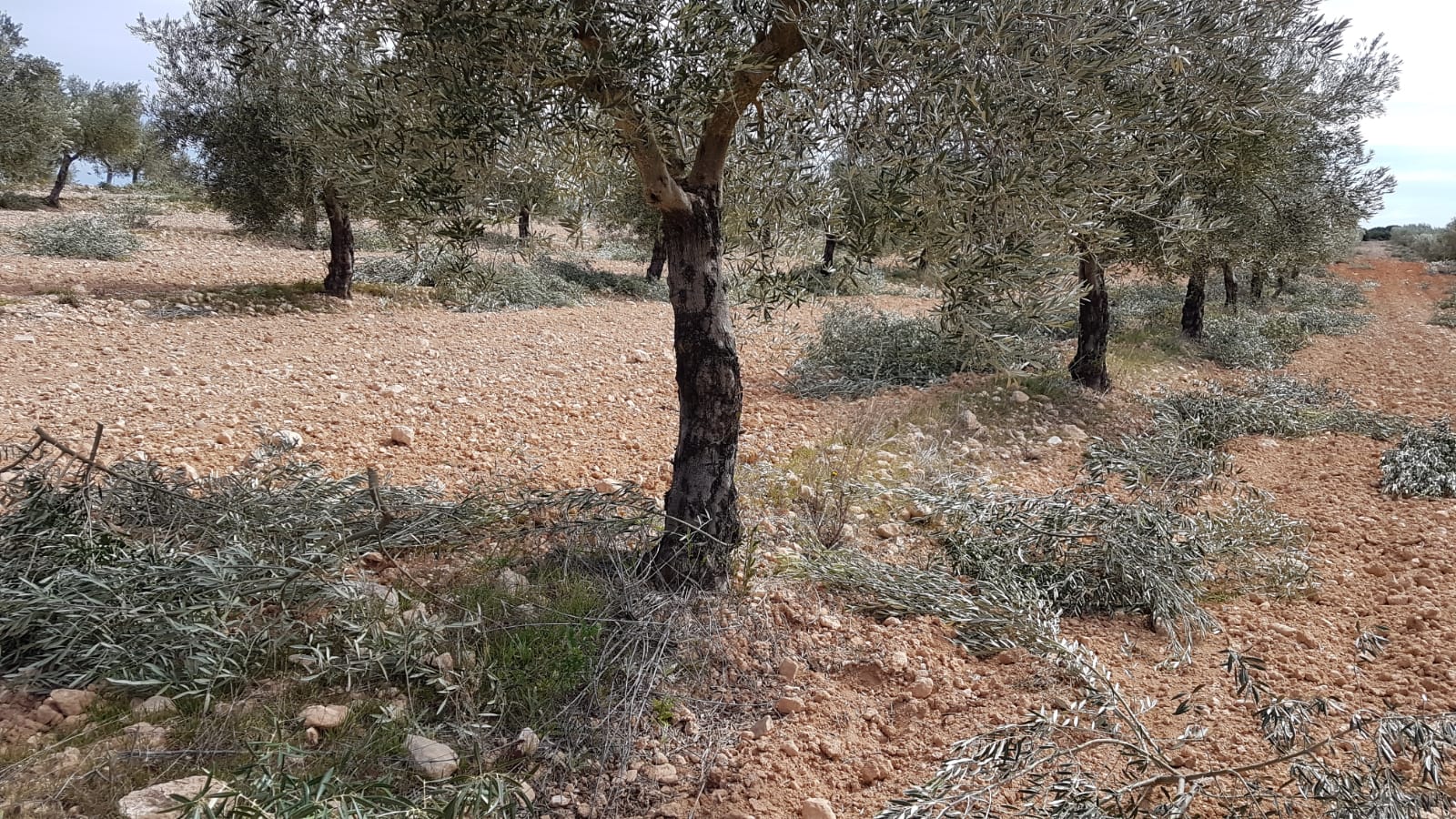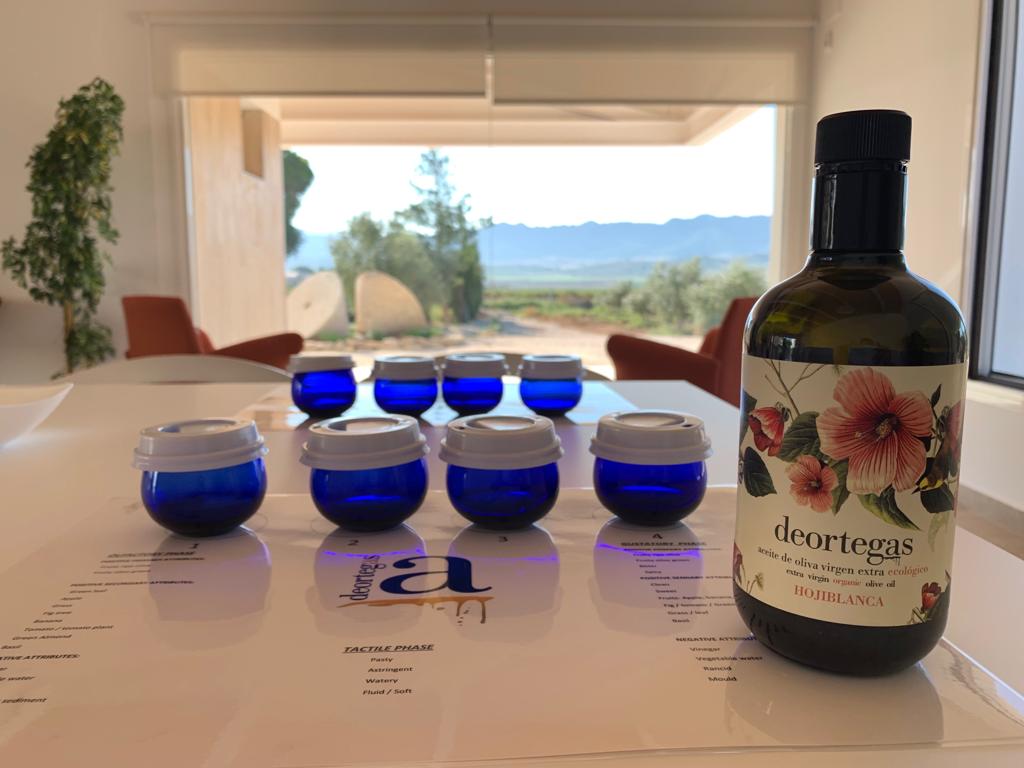
How to recognize a real and authentic olive oil
Extra virgin olive oil is an essential food in our daily Mediterranean diet, which is why we consider it important to convey its value, its benefits and its differences.
This is an article made by I, Isasi , an experienced nutritionist in the world of oils, provides us with many interesting data, also serving as a basic guide to recognize a quality oil.
THE AUTHENTIC AND TRUE OLIVE OIL
I could write pages about it but I will give you clear and precise information about this dressing used daily in our homes and which is so important for a healthy, balanced diet without being overweight.
The first thing I want to clarify is that the term olive oil today is used very lightly, that is, we call everything that is packaged in a bottle and is green-yellow in color by this name. But as I always say, you have to read the labels well and be well informed. Precisely in this product, sometimes the labels say very little.
The only, true and healthy one is the so-called extra virgin olive oil of first cold extraction , that is, a juice extracted at temperatures below 27ºC, the lower its temperature, the better its quality, and an acidity that does not exceed 0. 5th, the lower the better . This is the only one we should take both for our salads and for cooking. I will explain why later.
Most of the oils that the food industry is selling us is refined olive oil. It is the one that is most economically profitable. High temperatures and organic solvents such as hexane are used for its extraction. The oils thus obtained require a refining process: Degumming with phosphoric acid, neutralization with soda, discoloration, deodorization... and a possible stabilization with the addition of chemical antioxidants such as E-320 (BHA) and E-321 (BHT) with powerful carcinogenic. They also usually put E-306 to E-309, which are synthetic tocopherols, that is, synthetic vitamin E. The most embarrassing thing about all this is that the industry has no obligation to put them on the label. Thus we have long-lasting 'pure' oils, resistant to light, air and plastic bottles and, to make matters worse, cheaper. The industry has the shame of calling it olive oil when in reality it is a mixture of virgin olive oil (in the best cases) with a high percentage of refined olive oil and other vegetable oils. This process is also used for other oils such as sunflower oil, margarines and butter.
I don't want to spend the entire article talking about this type of oil since it doesn't interest us. But I would like to ask you a question: How many times have you had a light and healthy dinner in a good restaurant and when you got home it made you feel bad? Could it have been the wine? Wouldn't the fish be in good condition? No. I can assure you that 80% of the time it is because they have cooked with refined oil. We are paying a lot of money to dine at a quality restaurant and they cook us with poor quality oil.
How can it be that in the 21st century, and after so much nutritional information, we still have the idea that good olive oil is only for salads and refined olive oil for cooking? The only thing that is achieved by cooking with refined food is that its fats become more saturated, that is, more bad cholesterol. Housewives and some well-known chefs are not willing to use real oil in their pans. So we have a dish with exquisite raw materials cooked with lousy oil. I consider it barbaric.
The only oil that withstands high temperatures (up to 160ºC) without losing its organoleptic properties is first cold extraction extra virgin olive oil. Other oils decompose at lower temperatures, producing toxic substances, such as acrolein, which is carcinogenic. In addition, free radicals are produced, very reactive substances that intervene in degenerative processes, losing vitamin E. All oils undergo transformations above 100ºC, making them difficult to assimilate and affecting our hepatic-biliary function. I know there are a lot of numbers, but I can only say that when we fry food, temperatures usually range between 160 and 190ºC. So we now know which is the only oil that is useful for cooking: extra virgin olive oil.
It is very important to know at what temperatures it was pressed (some oils already put it on their labels) and we also need to know certain conditions that are essential to obtain a good extra virgin olive oil:
– Degree or acidity index : There is a lot of confusion about this here. I think few of us know what it means. Well, it tells us the amount of free fatty acids present in the oil. These acids are released when the olive is defective due to pest or disease or has been mistreated during harvesting or transportation. The higher the degree of acidity it contains, the greater the deterioration the olive has suffered, with the consequent effects on the aroma, flavor and organoleptic properties. The acidity is indicated on the packaging labels but this information can be misleading since in the refining process they can adjust the degree by neutralizing it with soda. A good virgin oil should not exceed 0.5%.
We should not relate the quality of the oil to the acidity since, as I said before, in the refining processes they can obtain oils with lower acidity than natural oil and that does not mean that it is of better quality.
– Peroxide index : It indicates the state of oxidation and the deterioration that certain components such as vitamin E may have suffered. It is measured in milliequivalents of active oxygen per kilo of fat. Peroxides originate when the olive has been mistreated or if the oil has not been protected from light and sun. Therefore, the higher the peroxide index, the lower the antioxidant capacity of the oil. Virgin oils must not exceed a peroxide index of 20 (20 milliequivalents of oxygen per kilo of oil). Let's not forget this number.
– Absorption of ultraviolet radiation : This parameter detects the unsaturated compounds in the oil. It is expressed by a coefficient called K270. Therefore, the higher K270, the lower the oxidizing capacity of the oil. An extra virgin oil should not exceed the value 0.20, fine and ordinary virgins 0.25. They indicate the purity of the oil because those subjected to industrial treatments have other different fatty acids that increase ultraviolet absorption. Only good quality oils have this parameter on their label. Here don't forget the 0.20.
– Humidity and volatile substances : They tell us if the olive has had a good manufacturing process that must avoid the presence of water and other volatile substances so that there are no rancidity processes. 0.15% humidity and volatile substances are allowed.
– Organoleptic assessment : It is determined through olive oil tastings. Here they are assigned a category and classified. It is a good indicator to detect the state of health of the oil and its possible alterations or defects. The quality depends on the variety of olive, the cultivation techniques and the environment where the olive grove is developed.
It seems that we have to study chemistry to buy a good oil and don't kid us. It is becoming more and more difficult to buy and find good quality food without being fooled with the big letters.
After passing all tests and analyses, true pure olive juice has excellent nutritional properties:
– It withstands high temperatures without modifying its composition , so you can cook with it and it remains intact.
– Does not provide cholesterol . Its fats are not deposited in veins or arteries but are metabolized by the body. It is considered preventive of myocardial infarction.
– Strengthens the immune system due to its antitoxic effect and has a very beneficial effect on the liver and pancreas. It is effective against digestive system disorders such as stomach ulcer and constipation.
– It is applied to the skin in case of burns and stings but above all it has a toning and rejuvenating action . Many nights I apply a few drops to my face and neck.
– Great richness in vitamin E that disappears if it is subjected to temperatures above 40ºC in the extraction process. Vitamin E prevents sterility. It is also rich in vitamin A, necessary for eye and skin health; in vitamin D, essential for the bone system; in vitamin K, important for blood clotting; and omega-6, which is essential for the body since it reduces the risk of constipation and prevents the presence of parasites.
With all these beneficial properties, it is clear that we must incorporate it into our daily diet, in our stoves, but as I always say, with balance. Small amounts at lunch and dinner.
Now the important thing is to find a good first extraction extra virgin olive oil (I won't get tired of writing the full name) bottled in dark glass or canned if we buy larger quantities since it is a good system to maintain its properties as long as the can is in good conditions.
Search, recognize, choose, demand quality and taste a real olive juice. Your body and mind will thank you .
Health and Good Food
I Isasi
